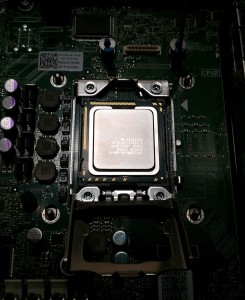If the release date of Windows 8.1 is any indication, Server 2012 R2 is nearing RTM and I’m super excited, despite the fact that there are only one or two features that I’d likely be using.
Most of my interest comes from Hyper-V improvements, especially VHDX online expand. I’ve been slowly converting my VHD’s to VHDX during maintenance windows, and I’m sure glad I’ve been spending the time. Being able to expand the size of my VM disks without downtime is a huge benefit.
Unfortunately it looks like I’m going to have to rebuild my cluster again since you can’t have dissimilar host OS within a cluster. That really sucks, but I take solace in the fact that I can do an upgrade of Server 2012 rather than a complete bare-metal reinstall.
There’s still lots of improvements to be made in my Hyper-V environment, starting with backup and disaster recovery. My backup plan from 2012 never really got off the ground due to a variety of issues, but that is going to be picked back up right away. Now my preliminary thoughts (before spending time researching) is to get a second SC847 disk chassis, and set up one inside the LAN for backup using something like AppAssure, Veeam, Unitrends or Altaro. Then replicate that backup repository offsite to the second disk chassis over whatever link I have available. This way my primary backup is done over gigabit, and then the replication can take advantage of deduplication and other replication technologies. Then I’ll add Hyper-V replica to the mix for disaster recovery plans.
So far in my environment I haven’t had to scale up to a 3 node cluster, but I’m budgeting for it this coming fiscal year anyways because it’s going to happen, and I’m excited for that too. It will give me more RAM headroom per host when doing server maintenance, and offer improvements in performance for some of our heavier VMs.
